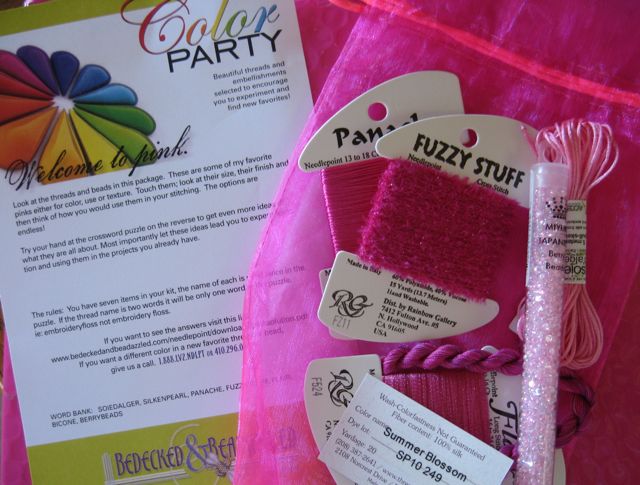
Melrose Plantation, along with the Cane River Creole community, was established in the late 1700’s by the freed slave Marie Therese Coin-Coin and her descendants. It seemed to me like there was a common cultural thread not only with the French Creoles of the New Orleans Northshore area, but throughout Louisiana, and especially with the Creole community along the Cane River in Natchitoches Parish. I kept having a familiar feeling while digging a little deeper into the ‘why’ behind the blue porch ceilings, learning more about the cultural traditions of the Gullah/Geechee people of Charleston and Savannah. Some of you might already be familiar with the Southern Living Louisiana Idea House, Bayou Bend, in TerraBella Village, a traditional neighborhood development.Ĭan’t you just imagine relaxing while sipping sweet tea or lemonade on a hot summer day on the porch beneath one of these Haint Blue ceilings? A little lagniappe about the history of this house, along with many other plantation homes, can be found in this Louisiana cookbook (AL).Īnd like an authentic Louisiana gumbo, a balanced blend of Creole architectural styles with blue porch ceilings can be found in nearby Covington. Notice the lovely shades of Haint Blue colors on the porch ceiling and handrails. Mary Parish in the early 1800’s, it was moved by barge to the lakeshore of Mandeville in 2003. These historic houses in Old Mandeville and along the lakefront of Lake Pontchartrain reflect the cultural mixture of Spanish, French, European, and African Descent with Caribbean influences evident in the Creole Architecture of Louisiana.Īlthough “ Justine Plantation” was originally built in Centreville, LA, in St. Until a few years ago, I hadn’t heard of the phrase Haint Blue, but I’ve certainly seen a lot of blue porch ceilings around here in Abita Springs and the New Orleans Northshore.ĭepending on which legend you believe (as a repellant for troublesome spirits or harassing bugs), Haint Blue is a welcomed porch ceiling color in the New Orleans Northshore area. Whether or not that’s the case, the Town of Abita Springs is notorious for being a haunted town, with a ghostly house here and there, especially in the historic district. Some people think that the lime used in the blue paint mixture repelled the bugs, wasps, and mosquitos, not the color itself. Since it was created by hand, Haint Blue was actually a range of colors that varied from blue-greens to periwinkle blues. Dating back to the early 1700’s, the Haint Blue paint mixture was made in dirt pits, dug in the yard, using limes, buttermilk, and indigo. I’d always heard stories that blue porch ceilings prevent dirt daubers or wasps from building nests, and keep mosquitos out because the blue color tricks them by appearing to be the sky.

While growing up in south Louisiana, I hadn’t ever questioned the ‘why’ behind the blue porch ceilings on so many homes.

At some point in time, the Haint Blue color began to be painted on porch ceilings, too. They hoped that the blue color would confuse and trick a Haint into thinking the paint was water, and would keep them away. The cultural legend holds that a Haint could not cross through or over water, so a cerulean blue mixture of blue was applied to window frames and sills, door frames, shutters, openings, and interior ceilings of their homes. Haint is a variation of the word ‘Haunt’, meaning ghost or troublesome spirit. The Gullah/Geechee people, who are descendants of African slaves, believe using the Haint Blue color wards off evil spirits, or Haints. But in the Low Country region of South Carolina or Georgia, where the Gullah/Geechee community resides, the blue porch ceiling color is generally referred to as Haint Blue. I’ve been asked many times, ‘What’s the color of paint people use on the outdoor porch ceilings that keeps bugs out?’ Some people living in and around New Orleans might call it Dirt Dauber Blue.


 0 kommentar(er)
0 kommentar(er)
